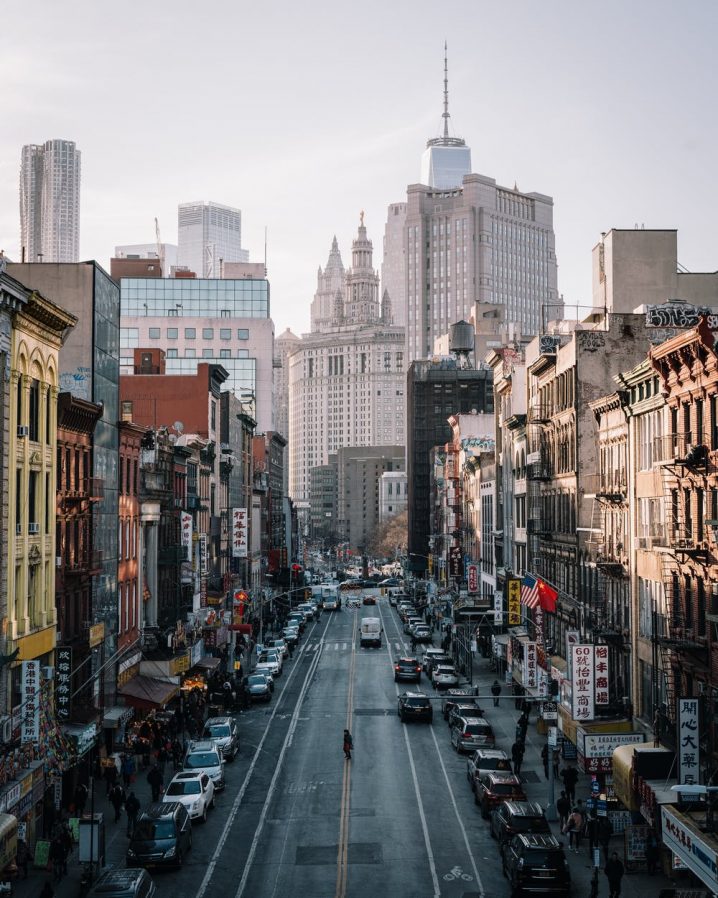For many people, the words “New York City” conjure up images of an unforgiving concrete jungle framed by imposing skyscrapers. It’s that unmistakable skyline that first comes to mind, followed by images of busy streets and brownstones. No one associates New York with nature and green spaces, even if the city’s heart is a man-made forest so large, it can be seen from the planes making their final descent into LaGuardia.

The truth is that despite its reputation, New York City has plenty of places where natives and tourists alike can relax and take in the soothing beauty of nature. Check out our favorite green spaces in the City that Never Sleeps:
Bryant Park
Bryant Park is the only large-scale public park in vibrant Midtown Manhattan. The 9.6-acre space was first opened in 1847 and is named after accomplished romantic poet and journalist William Cullen Bryant.
In addition to lush seasonal gardens, the park is also home to several sculptures and works of art. One notable example is the Josephine Shaw Lowell Memorial Fountain at the park’s western border. During the cold months, the winterized fountain gathers icicles and makes for an interesting photo.
Bryant Park’s other noteworthy features include a carousel, a reading room, a Winter Village that is open year-round, and the only free admission ice skating rink in the city. The park is only a few blocks away from other quintessential New York City attractions like the Empire State Building, the United Nations Headquarters, and the historic Midtown East Westgate hotel.
The High Line
Located on an elevated freight rail line above the streets of Manhattan’s West Side, The High Line is one of the more unique public spaces in all of New York City. The park runs 1.45 miles from Gansevoort Street to 34th Street.
Before it was a park, The High Line was a freight rail line that was used to transport meat, produce, and mail from 1934 to 1980. It was quickly abandoned after interstate trucking became more popular, and then sat unused for nearly two decades. Plans to demolish the abandoned line in the late 90s were met with strong opposition from the neighborhood. The residents went on to form the nonprofit organization Friends of the High Line, who advocated for the preservation and repurposing of the historic area. In 2006, it was officially opened as a public space.
The park’s main attraction is its naturalized plantings. Inspired by the greenery that began to grow on the track after years of disuse, landscape architects and artists have since filled the space with 120 native and imported plant species. The High Line also collaborates with several artists to commission site-specific temporary installations and murals that are visible from the park and the surrounding neighborhood. These works of art make The High Line an ideal place for a photo walk.
Central Park
Most people are often surprised to know that New York’s revered Central Park is entirely man-made. The trees that cover its 843 acres are mostly planted or placed manually, with a few exceptions. All the lakes, ponds, and waterfalls are artificial creations, too. All in all, it took the efforts of over 20,000 individuals to complete the park as we know it today.
Before construction began, the area that the Park now occupies was a swampy, rocky landscape that was nothing short of a monumental challenge to clear and level. The first phase was opened to the public in 1858, but it took another 18 years of work before the park was finished. Today, it is one of New York City’s most recognizable locations and the most visited urban park in America.
Known as New York City’s backyard, Central Park hosts several events throughout the year and is a popular spot for physical activities. There are countless loops and trails for running, biking, and roller-skating; courts for basketball, tennis, and volleyball; boating facilities at 2 separate locations; 26 fields for softball and baseball; 2 ice rinks; and a swimming pool.
Nature lovers need not despair—there’s plenty of greenery in New York City to satisfy any outdoorsman or woman. Be sure to check them out!



